The Belvedere in Vienna features 800 years of art history, and 300 years as one of the Austrian capital city’s most spectacular landmarks.
Its vast landscaped gardens connect two historic palaces, the Upper and Lower Belvedere. Here, visitors can see the world’s largest collection of works by Gustav Klimt. The museum also shows other prominent works of Austrian art dating from the Middle Ages to the present.
In addition, contemporary art, film, and music by both Austrian and international creators are on show at Belvedere 21. This iconic modernist building is just a short walk away.
Wolfgang Bergmann, CFO at the Belvedere, told blooloop: "The Belvedere is one of the oldest museums in the world, housed in a World Heritage Site and a Baroque jewel.
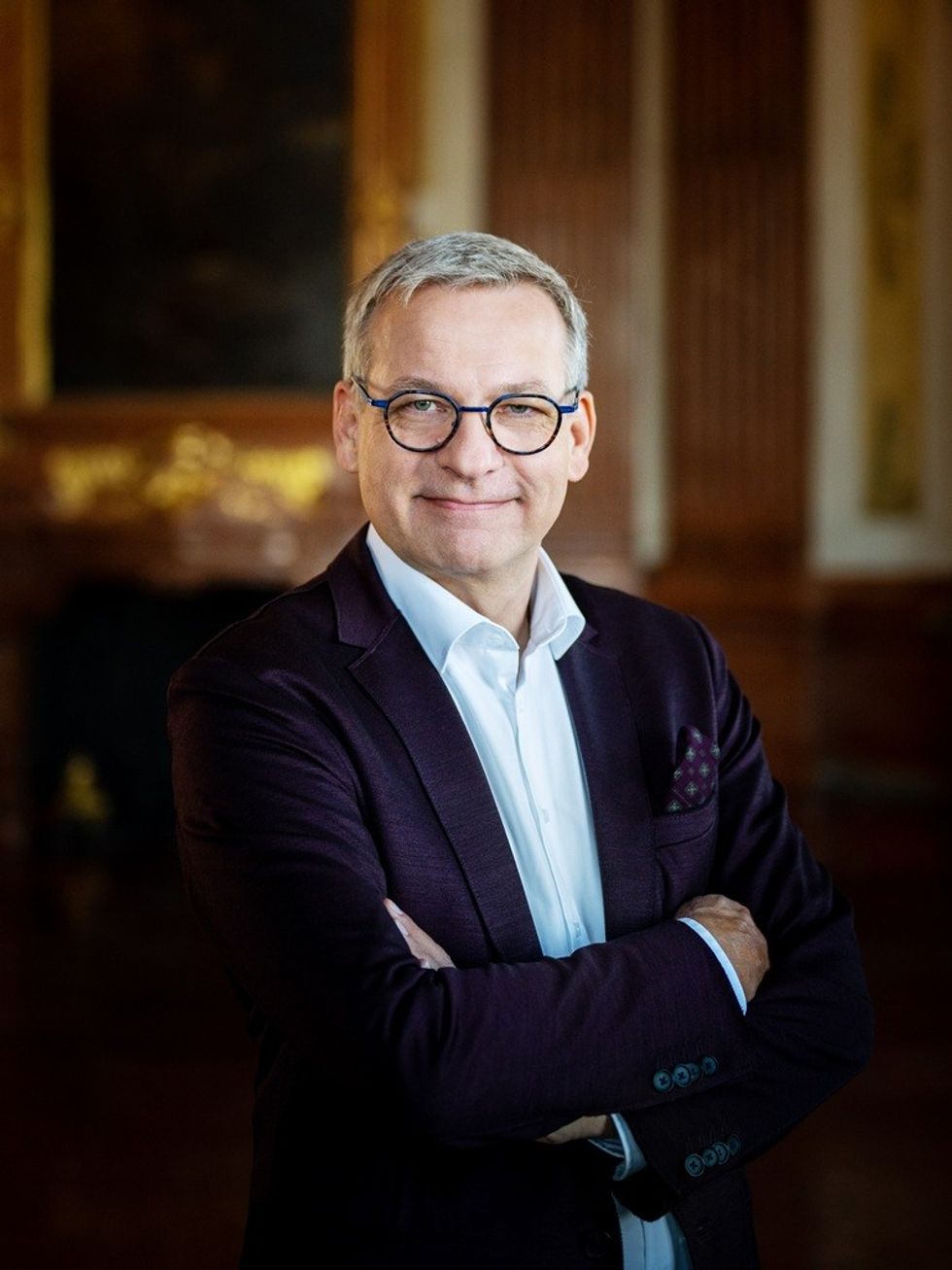
"Spanning eight centuries of art history, the collection is connected to both historic and modern structures, allowing us to preserve history and showcase contemporary art in the iconic Upper and Lower Belvedere as well as in the modern Belvedere 21."
The good, the true, and the beautiful
Bergmann joined the Belvedere eight years ago.
"My career journey has followed a path from the 'good', as head of public relations at Caritas from 1988 to 1996, and head of communications at the Archdiocese of Vienna from 1996 to 1999, where I also founded Radio Stephansdom; to the 'true', as general manager of the daily newspaper Der Standard from 2008 to 2016.
"Ultimately it has led to the 'beautiful',” he says. “Since 2017, I have been the chief financial officer of the Belvedere Museum."

Additionally, Bergmann holds a masters in theology, is the author of three books including fiction and non-fiction titles. He was notably the initiator of The Kiss NFT. The project released a limited edition of 10,000 non-fungible tokens (NFTs), each assigned a unique section of the beloved image.
This project illustrates the Belvedere approach, which leverages digital technologies to support its work in exhibiting, researching, collecting, communicating, and preserving, thus cementing its position as a world-leading institution.
"Looking toward the future, we remain committed to our mission of preserving and celebrating the past while embracing digital transformation," Bergmann says.
"By incorporating innovative media like gaming, augmented reality, and immersive experiences, we aim to make art more accessible and engaging for a younger, tech-savvy audience, ensuring the Belvedere remains a vibrant and relevant institution in the digital age."
AI reconstruction & insights from art technology
The museum has recently opened Gustav Klimt ‒ Pigment & Pixel, which uses cutting-edge technologies to reveal new insights into Klimt’s working methods and artistic practice.
On show until 7 September, the display shares newly discovered differences between the artist’s final work and his preliminary sketches. Visitors can also take a macroscopic look at the gold leaf details of the works.
A reconstruction of the lost Faculty Paintings, commissioned by the University of Vienna, is a highlight of the show. The works were destroyed during World War II before they could be put on display. Furthermore, the only photographs that remain are in black and white.
Belvedere has partnered with Google Arts & Culture to recolour these images using AI. The museum is now exhibiting the resulting canvases in their intended position on the ceiling.
"The project of colorizing Klimt's Faculty Paintings has restored the striking, vibrant appearance the works once had. It represents a significant contribution to scientific research and draws attention to these paintings for the first time in many years,” said curator Franz Smola.
"At the same time, it also helps to explain the scandal that the works caused with their unusual and provocative use of color."
Bergmann says: "By continuously evolving and innovating in the digital space, the Belvedere is not only preserving its rich history but also breaking new ground in how art is taught and experienced in the digital age.
"Our digital initiatives, like all our activities, align with our core principles of art, research and education."
Expanding the digital experience at The Belvedere
The Belvedere plans to continue the growth of its virtual experiences and digital collections.
"In terms of expansion, we have a number of exciting plans. These include enhancing our virtual experiences and digital collections," says Bergmann.
"While our online collection already includes over 5,600 works available for free download in high-quality resolution as part of our Open Content program, our efforts with 3D digitization are a key element of this initiative. This will result in 3D models of the Belvedere collection’s objects being available to the public through the Online Collection, offering an immersive new way to explore our treasures."
Highlights of the online collection include Klimt’s masterpiece The Kiss, as well as works by iconic artists such as Eugène Delacroix, Helene Funke, Vincent van Gogh, Friedensreich Hundertwasser, Erika Giovanna Klien, Elke Silvia Krystufek, Maria Lassnig, Édouard Manet, Edvard Munch, Anna Maria Punz, Pierre Auguste Renoir, Egon Schiele, VALIE EXPORT, and Erwin Wurm.

"We are also leveraging platforms like Roblox to engage younger generations," Bergman adds.
“With our interactive game Art Leap, soft-launched in December 2024 and already played over 450,000 times, we are introducing our masterpieces to millions of players worldwide in an entirely new context, blending art with storytelling and gameplay. This is just one example of how we are pioneering digital museum learning in ways that connect with today’s audiences."
Bringing the Belvedere to Roblox
The Belvedere is one of the first museums in the world to move into the Roblox universe. It has created Art Leap in collaboration with award-winning gaming studio Exclusible.
Art Leap players go on an interactive adventure through four key works from the Museum’s collection. They explore The Kiss, in addition to Jacques-Louis David’s Napoleon at the Great St. Bernhard Pass, Claude Monet’s The Chef (Le Père Paul), and Tina Blau’s Spring in the Prater.
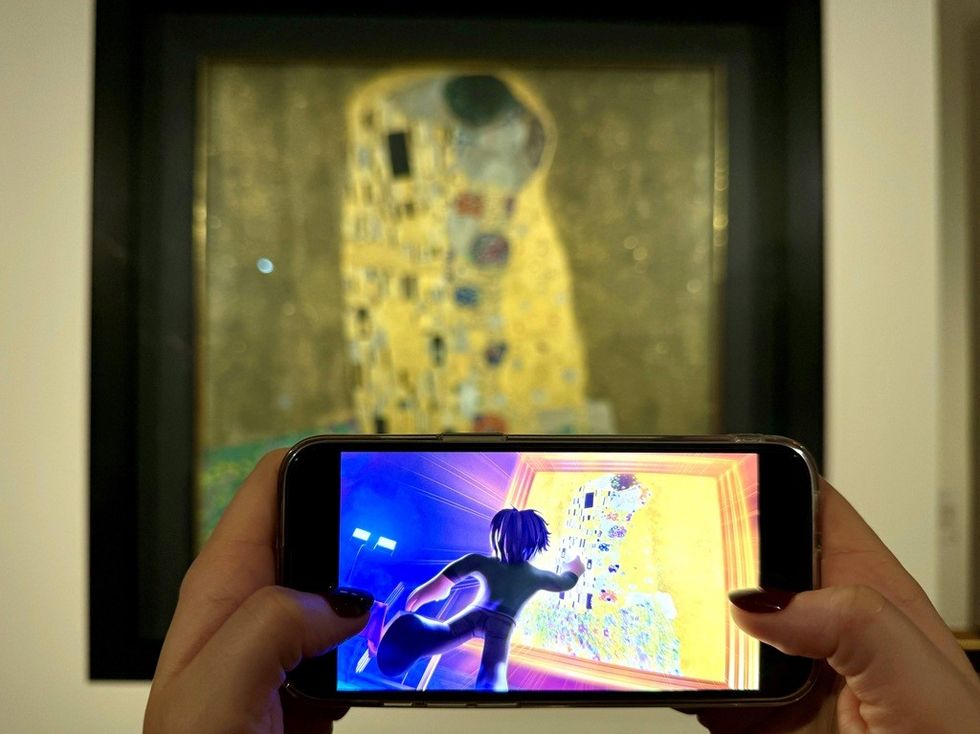
Beautiful imagery and engaging gameplay tell the stories of these artworks through interactive mini-games and challenges. The highly detailed, immersive environment is secure and child-friendly, ensuring a fun and fascinating experience for players of all ages.
On its launch, Stella Rollig, general director of the Belvedere, said: " Art Leap represents a transformative step in how we engage new audiences with art.
"Our goal is to inspire younger generations to connect with culture in a way that resonates with their digital lives. By meeting them where they are—on platforms like Roblox—we are opening new doors to art and creativity."
"Looking ahead, we will continue to integrate cutting-edge digital tools, such as augmented reality and mixed-reality applications, to offer even more interactive experiences," says Bergmann.
"The upcoming sequel to Fantastic Palastics will further enrich our visitors' experiences by allowing families to engage with art in a playful, immersive way."
The Fantastic Palastics
The Fantastic Palastics launched as part of the Belvedere’s 300th anniversary celebrations, and was developed in partnership with The Brand Father and ORB, with support from AR development company 8th Wall, which created Pokémon Go.
The game launched in 2023, and brings a cast of extraordinary creatures to the palace gardens. Visitors aged 8 and over are invited to join a game of AR hide and seek and find six animals. These creatures lived in Prince Eugene of Savoy’s menagerie, 300 years ago.
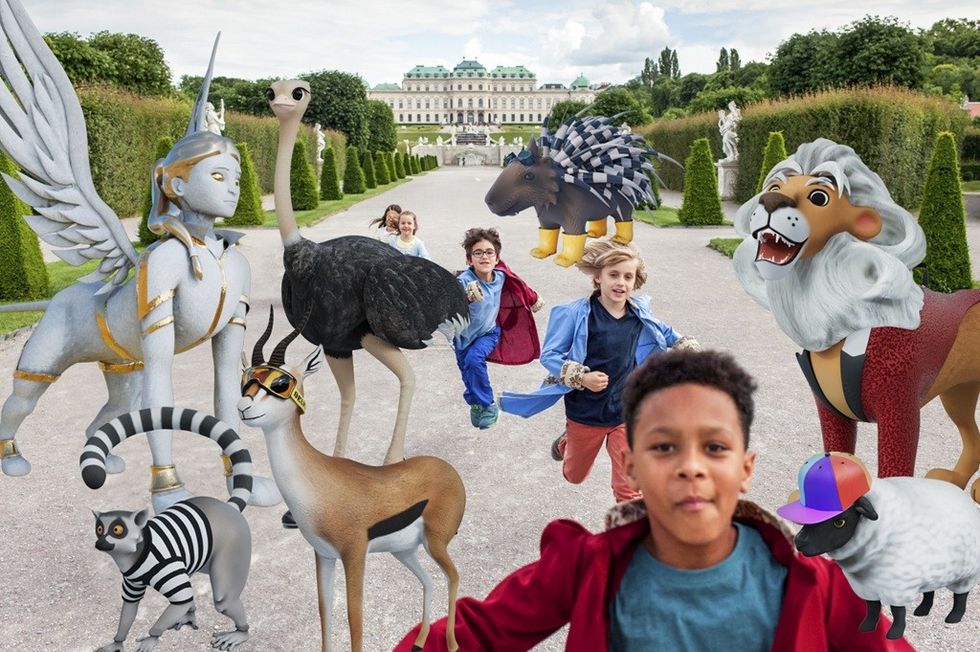
The web-based game is designed for smartphones, and takes children and families on a tour around the Upper Belvedere. Players can join the game using QR codes, which are available throughout the gardens. A Sphinx starts the game in front of the Upper Belvedere. This mythical creature wakes the animals, before guiding the players in their quest.
By scanning the gardens with their devices, players uncover challenges and find the hidden creatures. When they find Roco the Lion, Neo the Lemur, Rena the Gazelle, Pop the Sheep, Dada the Ostrich, and Flux the Porcupine, they must feed their new friends and get them ready for the next 300 years.
300 years of art at the Belvedere
The 300th anniversary in 2023 marked the completion of the Upper Belvedere palace in 1723. This was built as the summer residence of Prince Eugene of Savoy, and was home to the general’s art collection. Just five decades later, the place opened to visitors and became one of the first public museums in the world.
The institution celebrated the anniversary with a programme titled ‘The Golden Spring’, which asked ‘What was the museum of the past, and what might it look like in the future?’. It presented an extensive exhibition, event and education programme. Visitors could encounter Louise Bourgeois ’s early painterly works, in addition to contemporary sculpture, art history from artists’ viewpoints, and much more.
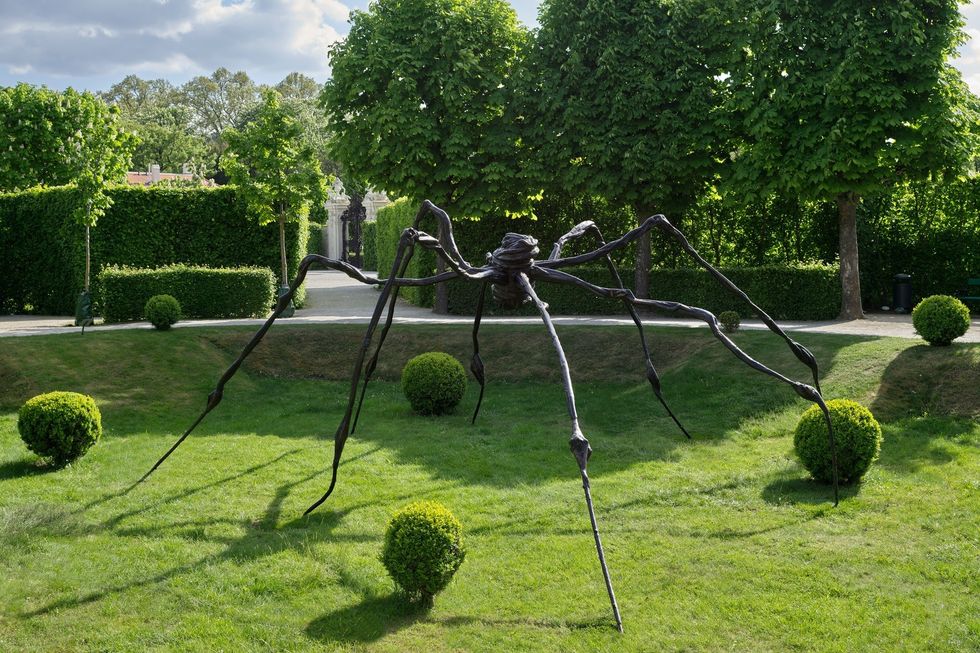
In addition, the museum published The Belvedere. 300 Years a Venue for Art, which shareslong-form essays from 20 experts. These critical texts explore research on the history of the Belvedere, and a 300-year view of the evolving concept of what it means to be a museum.
In this anniversary year, The Upper Belvedere welcomed 1.3 million guests, which placed it as Austria’s most visited art museum. And numbers continue to grow. In response, the Belvedere is undertaking a project to expand its facilities and is building a new, underground entrance hall.

"The Upper Belvedere welcomed 1.5 million visitors last year, and to better serve this growing number, expanding the current facilities is a crucial step in ensuring the museum continues to provide a welcoming and functional experience for all visitors," says Bergmann.
Blending the needs of the Baroque palace & the contemporary visitor
Following an EU-wide open competition, epps Ploder Simon was announced as the project architect in 2024. The winning design expertly manages the requirements of the World Heritage site, while creating a functional and graceful space which guides visitors into the Baroque palaces.
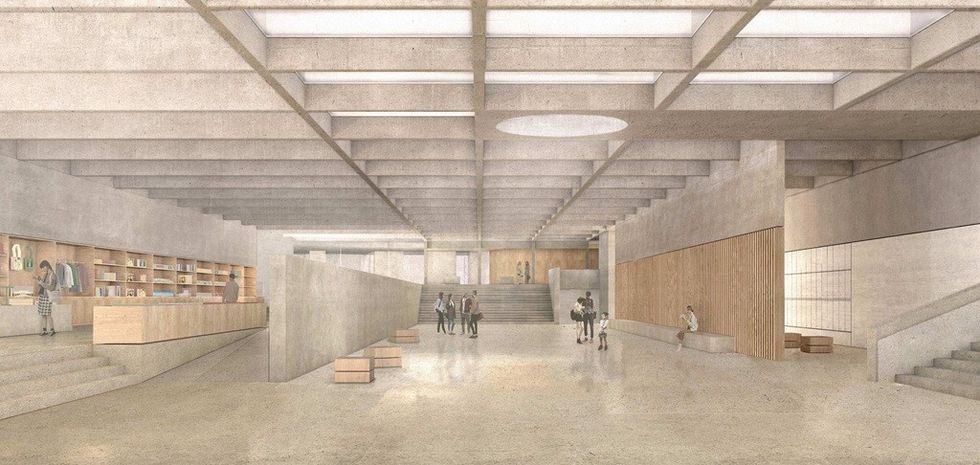
"The new visitor center will relieve the palace of all service functions such as ticketing, coat check, and the gift shop. By centralizing these services, the overall experience within the Baroque palace will be significantly improved."
The Belvedere strives to operate sustainably and integrates environmental, economic, social, and cultural responsibility objectives into all of its activities. In 2021, it received the Austrian Ecolabel. This quality mark reflects the institution's commitment to ambitious environmental protection and quality standards.
The new building will align with the sustainability strategy. This upholds the Belvedere’s pledge to support Austria's climate goals in its renovations and new building projects.
"The design for the construction aims to achieve a Gold Standard in sustainability," says Bergmann. “The visitor center will also act as a large climate buffer for the palace, improving conditions inside and substantially reducing energy consumption."
Building engagement at The Belvedere
In addition to the development project at the palace site, The Belvedere is working with Salzburg Museum to launch a new space in the centre of Salzburg's UNESCO World Heritage Site. This major project is renovating the Salzburg Museum’s site at the historic Neue Residenz. In addition, a new extension in its second courtyard will house the new Belvedere Salzburg.
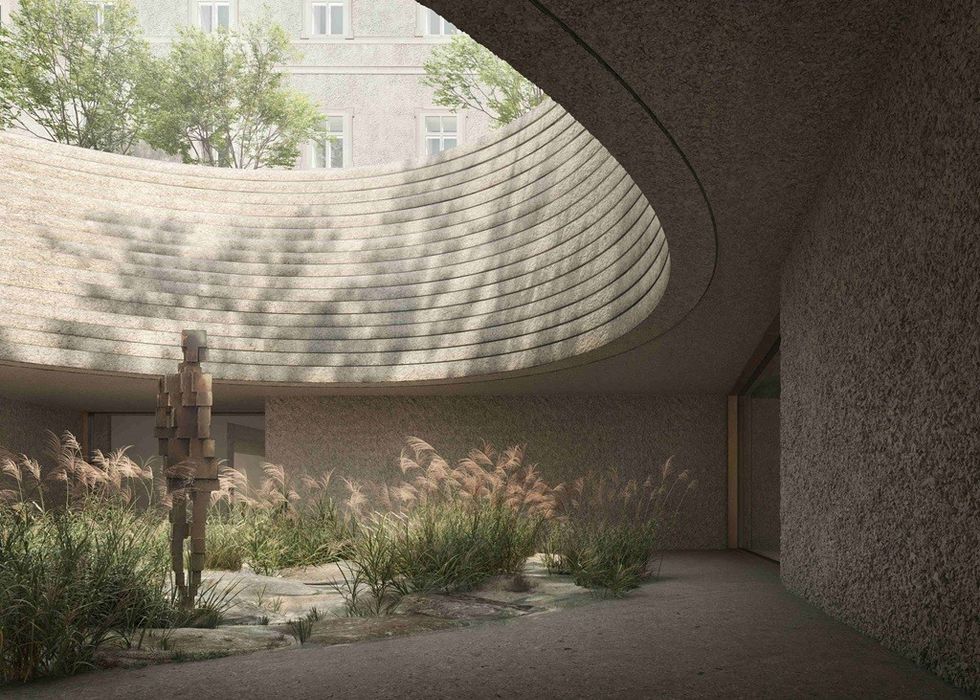
"While many of Austria's cultural institutions are traditionally concentrated in the capital, Vienna, this project represents a significant step in engaging more directly with the federal states,” says Bergmann.
"It not only promotes greater access to cultural heritage for a broader audience but also strengthens regional connections and demonstrates our commitment to cultural diversity and the decentralization of art and culture in Austria."
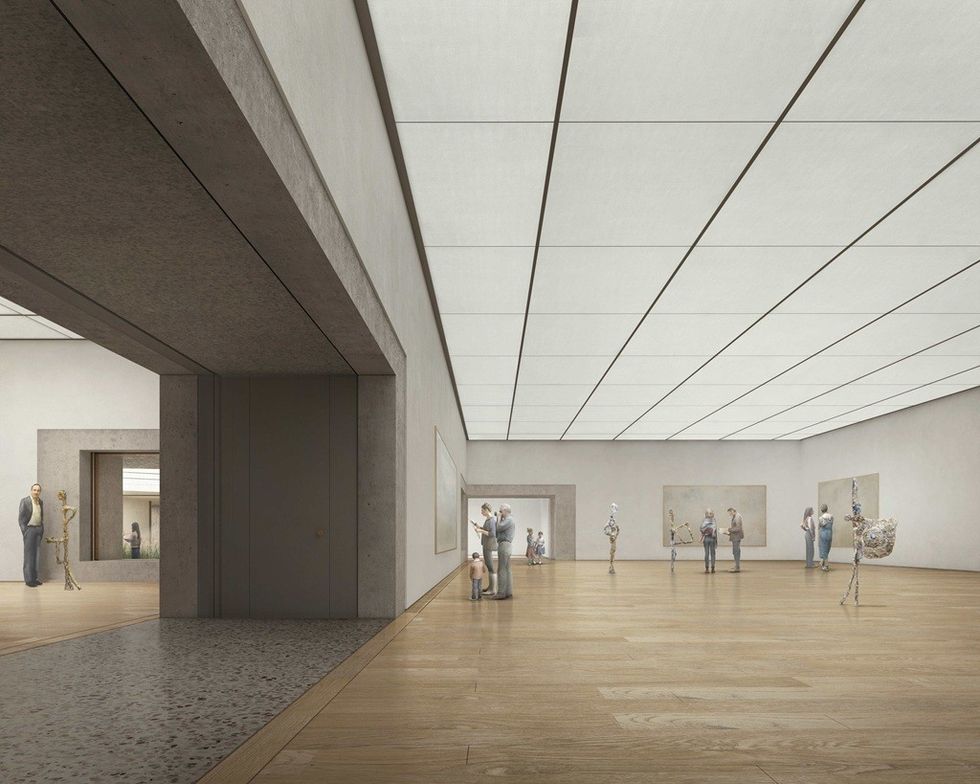
This commitment to accessibility is at the core of The Belvedere's activities.
"We believe that culture should be accessible to everyone. Our exhibitions, educational programs, events, and digital content are all designed to serve a broad and diverse public.
"Our goal is for every visitor to leave feeling enriched—whether through new insights, a deeper connection, or fresh perspectives. We seek to actively engage and empower our community, inspiring and educating for generations to come."
Preservation & innovation
"One of the biggest challenges is balancing the evolving demands of culture, science, and technology while remaining loyal to both our local community and the broader tourism sector," Bergmann concludes.
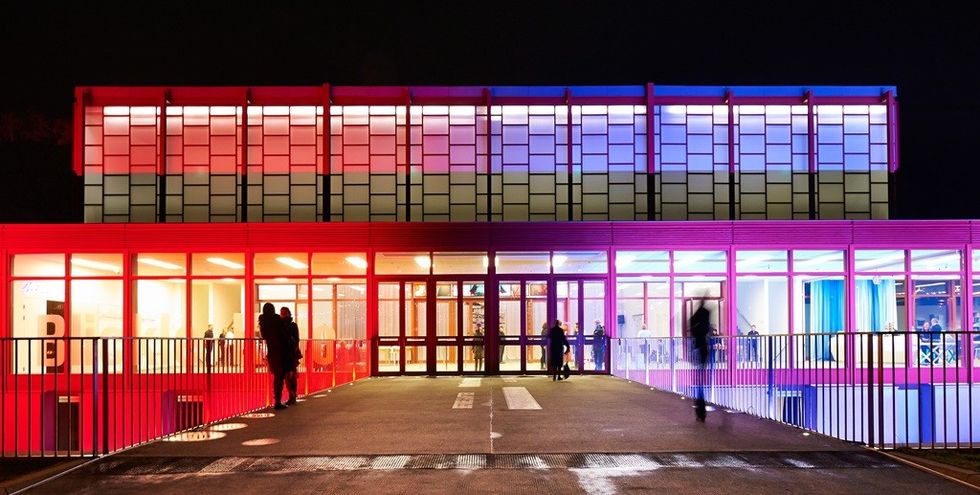
"As one of the largest cultural institutions in Austria, the Belvedere must navigate the complexities of preserving cultural heritage while embracing innovation and new digital technologies. This dynamic process involves continuous investment in both our physical infrastructure and digital platforms, ensuring we remain relevant, accessible, and engaging for all audiences."



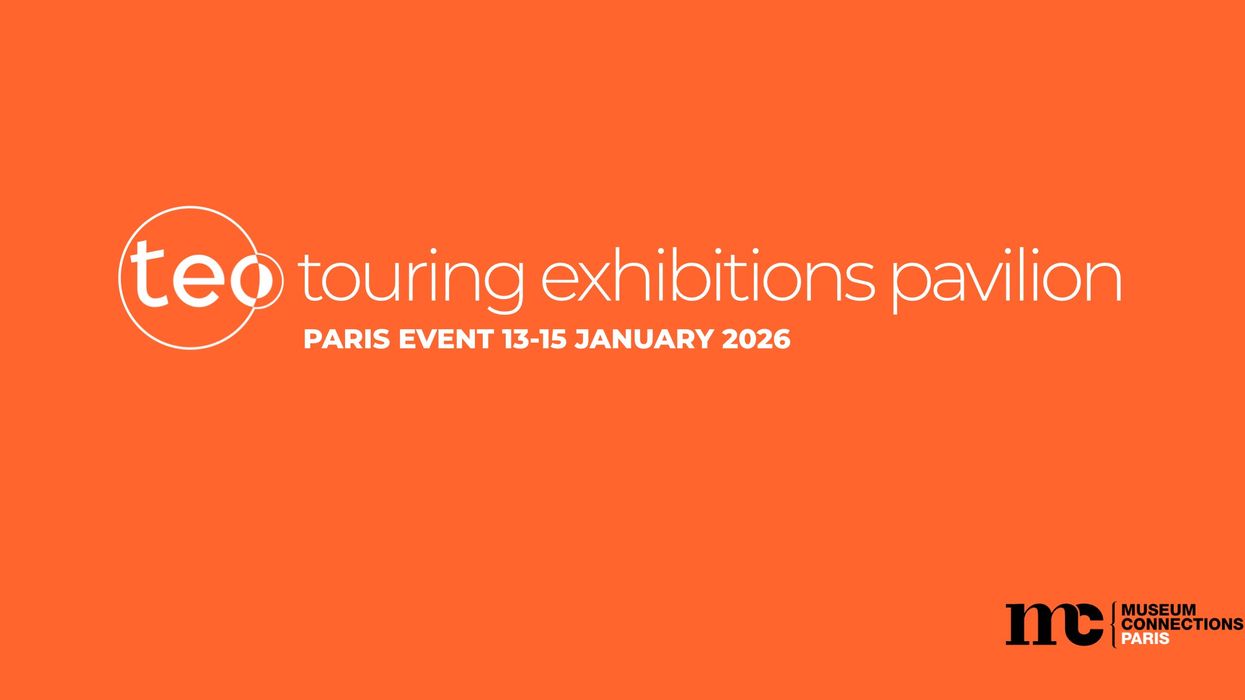
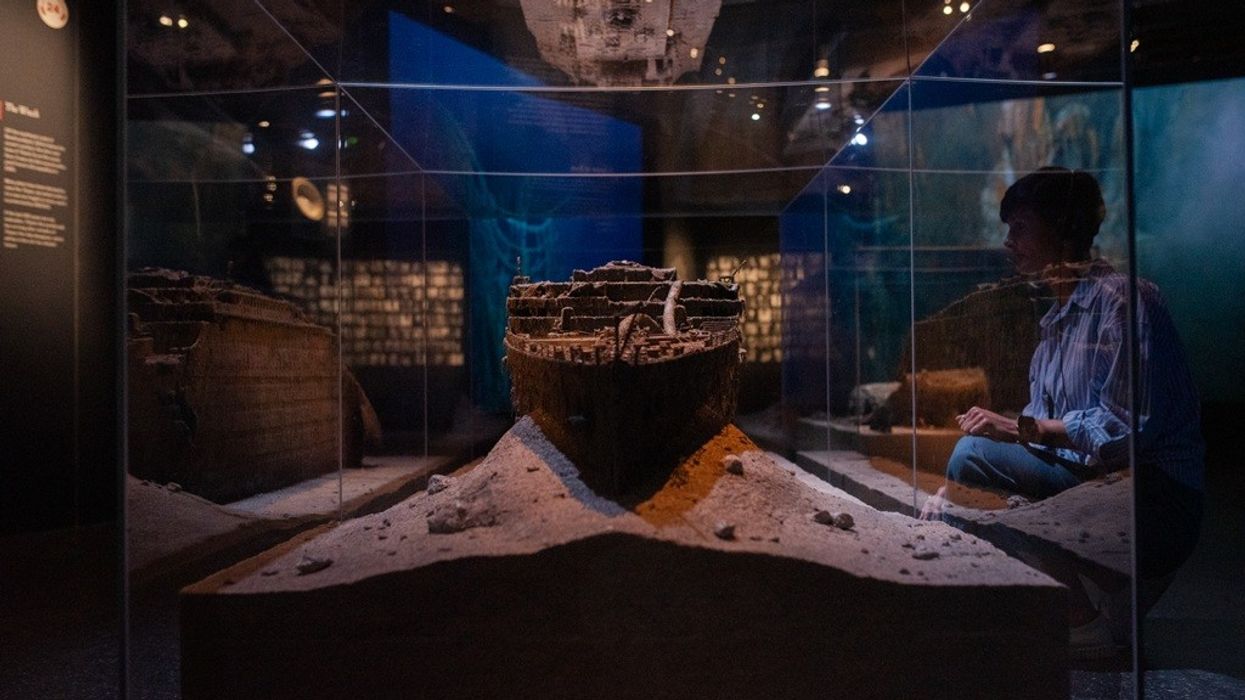
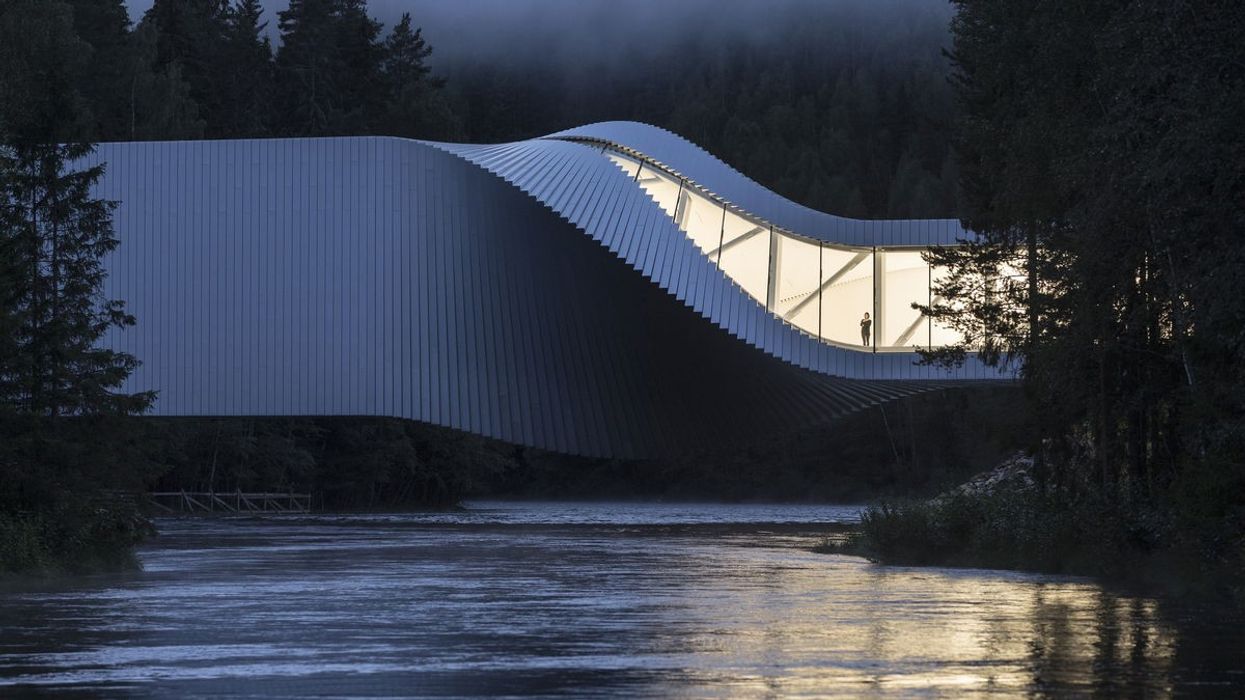

 TM Lim and Adam Wales
TM Lim and Adam Wales







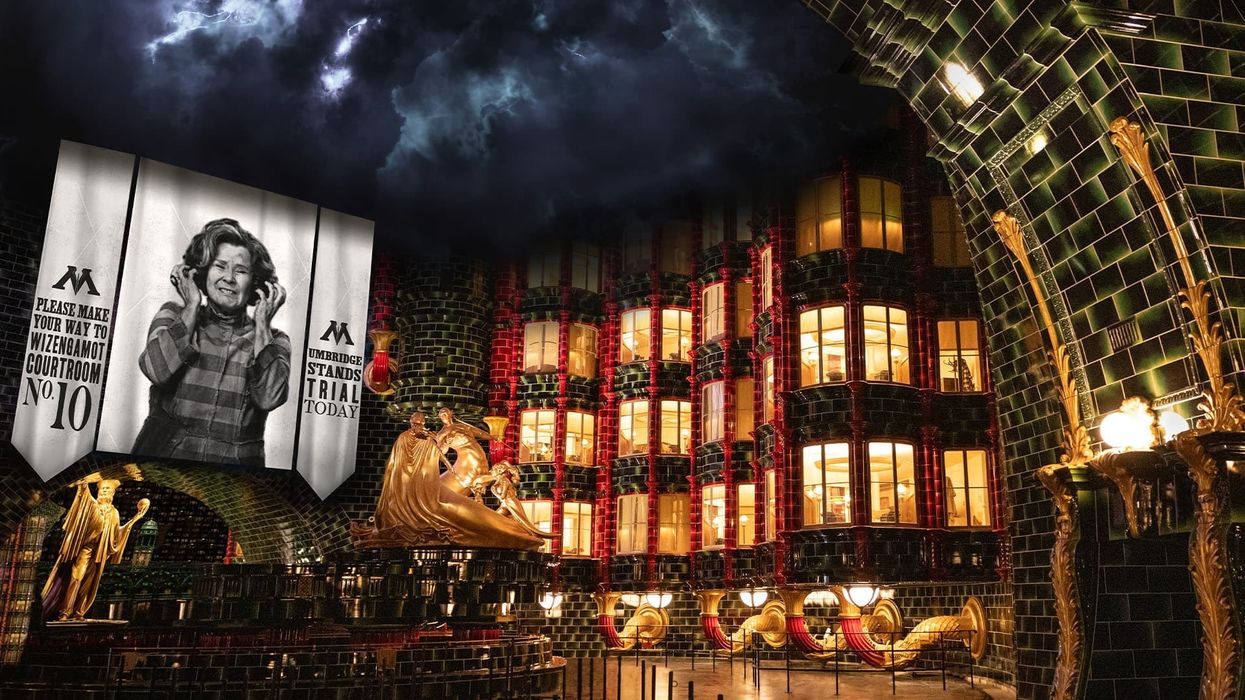

 Toby Harris
Toby Harris Hijingo
Hijingo Flight Club, Washington D.C.
Flight Club, Washington D.C.
 Flight Club Philadelphia
Flight Club Philadelphia Flight Club Philadelphia
Flight Club Philadelphia Bounce
Bounce Hijingo
Hijingo Bounce
Bounce
 Fernando Eiroa
Fernando Eiroa











 Nickelodeon Land at Parque de Atracciones de Madrid
Nickelodeon Land at Parque de Atracciones de Madrid Raging Waters
Raging Waters  Mirabilandia's iSpeed coaster
Mirabilandia's iSpeed coaster Parque de Atracciones de Madrid
Parque de Atracciones de Madrid Ferracci at the ribbon-cutting ceremony for Nickelodeon Land at Mirabilandia, with (left) Marie Marks, senior VP of global experiences for Paramount and (cutting the ribbon) Sabrina Mangina, GM at Mirabilandia
Ferracci at the ribbon-cutting ceremony for Nickelodeon Land at Mirabilandia, with (left) Marie Marks, senior VP of global experiences for Paramount and (cutting the ribbon) Sabrina Mangina, GM at Mirabilandia Tropical Islands OHANA hotel
Tropical Islands OHANA hotel Elephants at Blackpool Zoo
Elephants at Blackpool Zoo  Tusenfryd
Tusenfryd
 Andrew Thomas, Jason Aldous and Rik Athorne
Andrew Thomas, Jason Aldous and Rik Athorne







